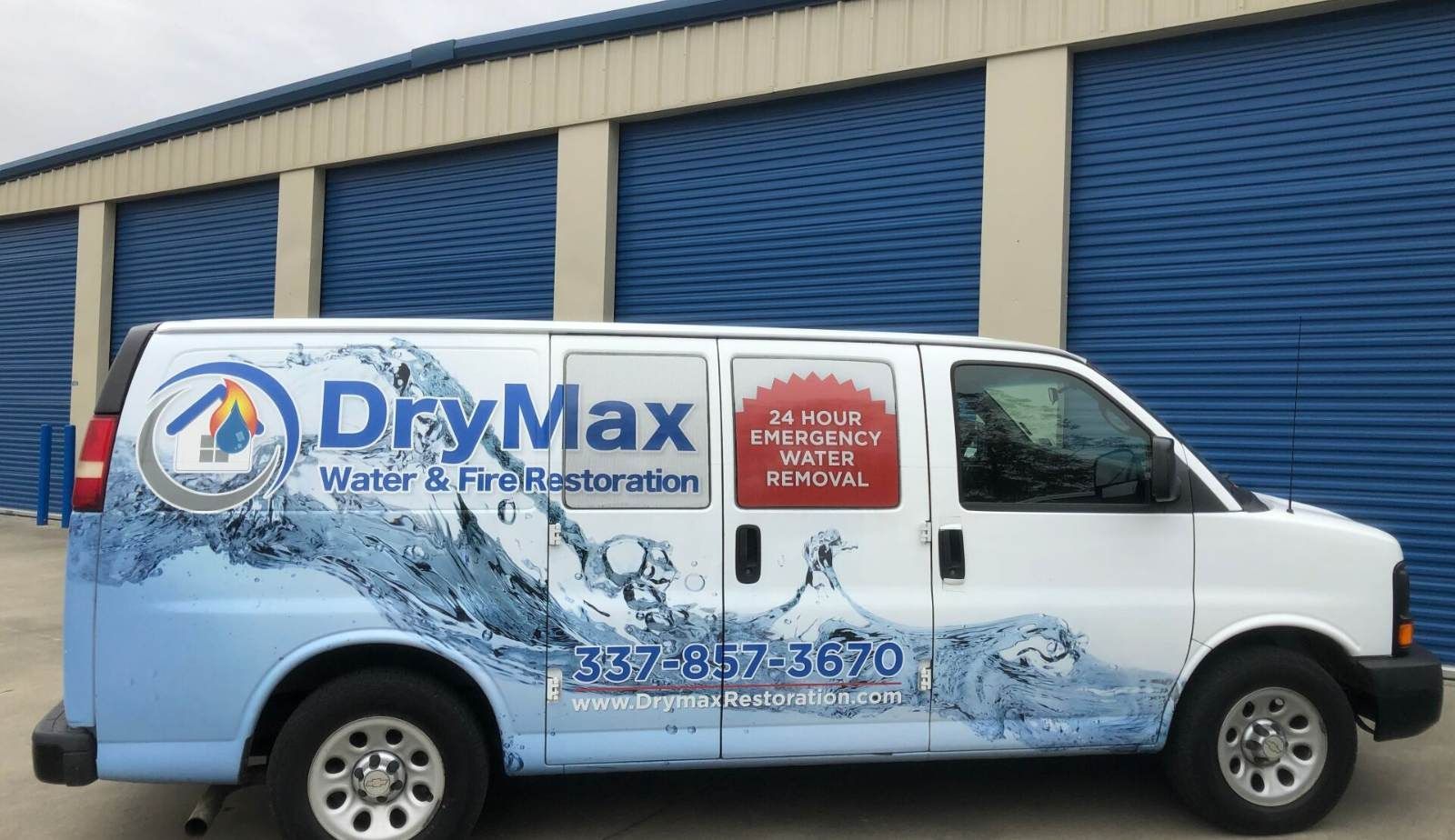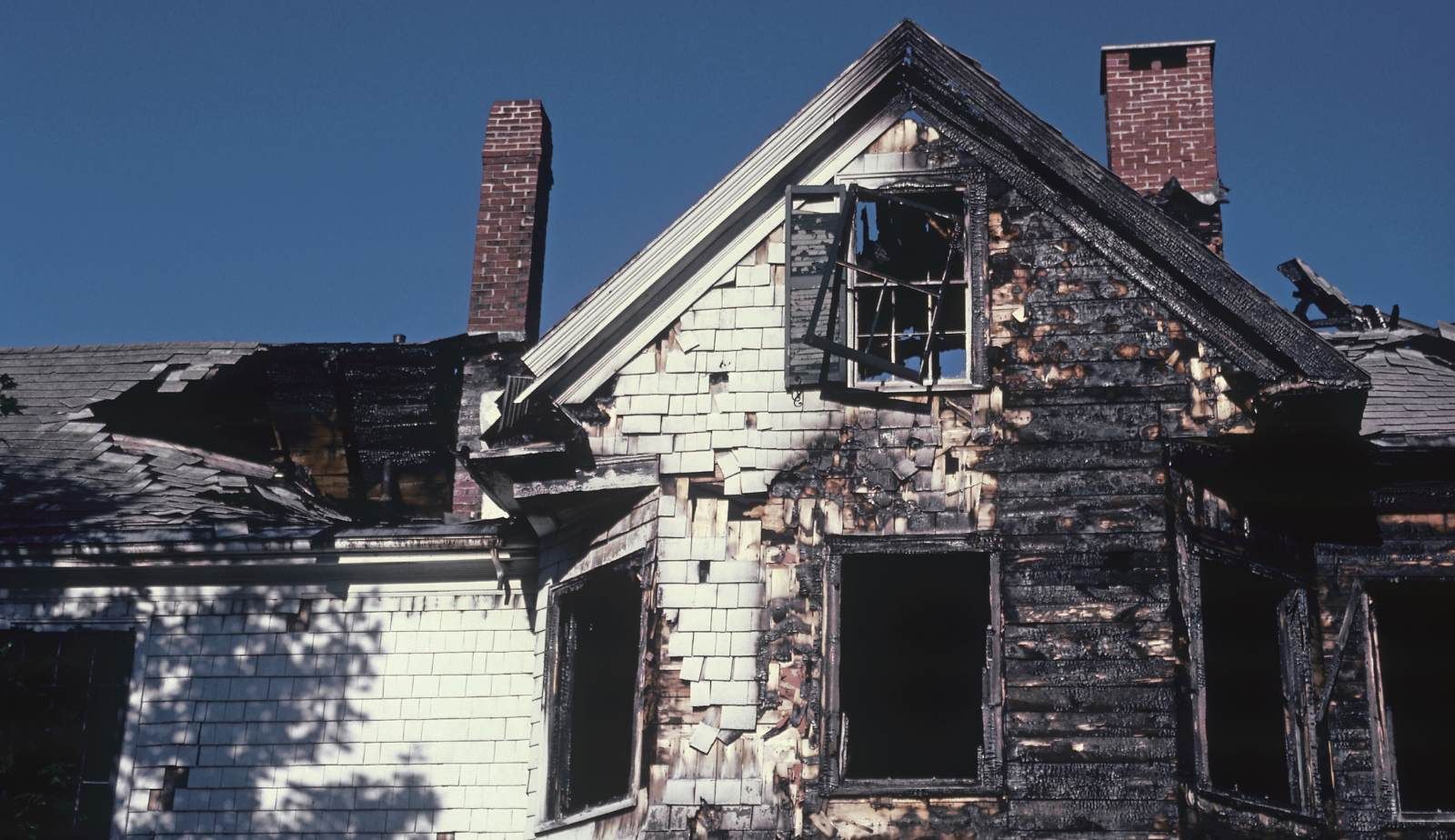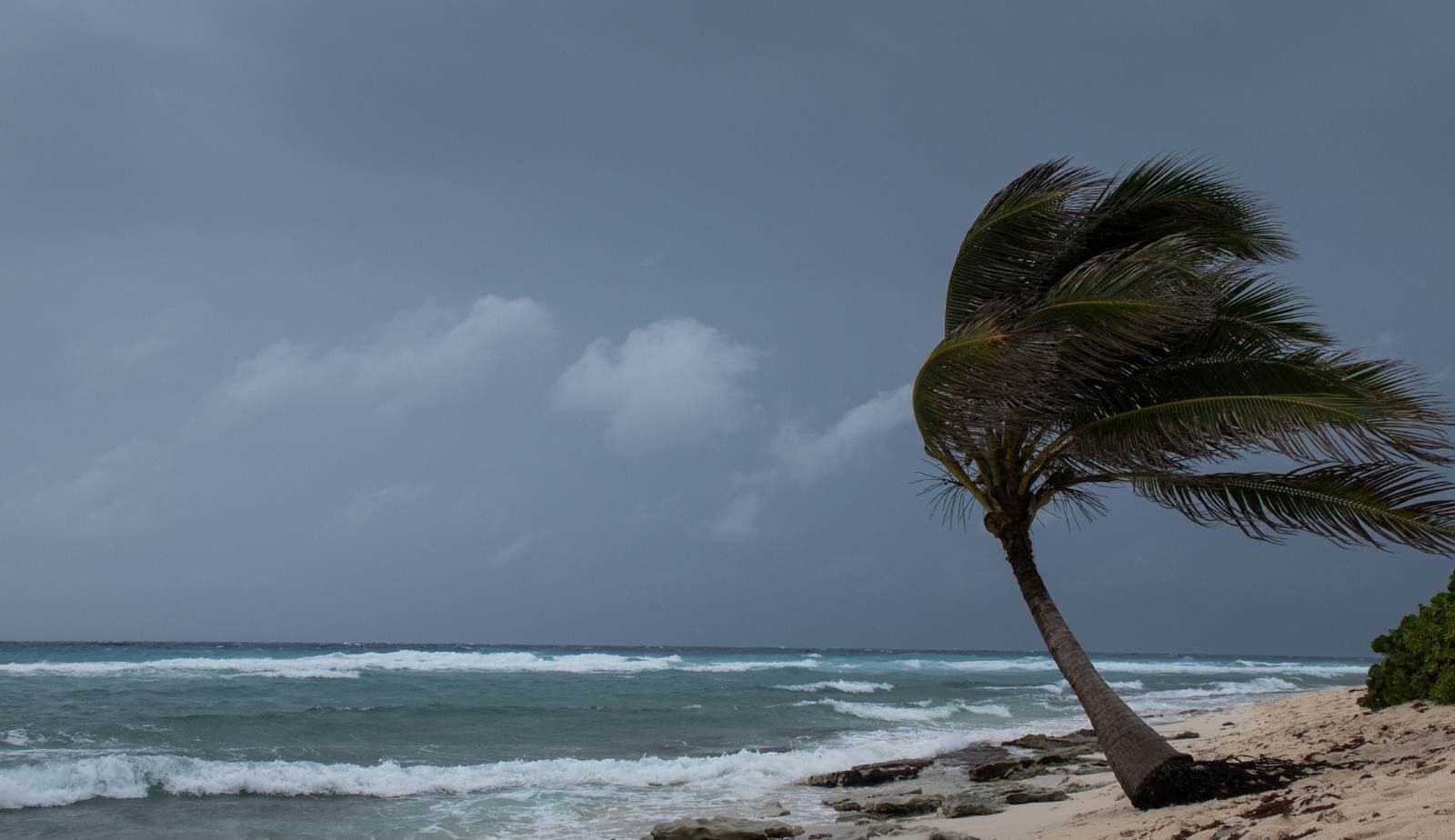The Real Cost of Water Damage Restoration in Louisiana: What Homeowners Should Know
Water damage can be a homeowner's worst nightmare, especially in Louisiana, where heavy rains and flooding are common. Understanding the financial implications of restoration is crucial for anyone facing such a situation. The average cost of water damage restoration in Louisiana ranges between $1,200 and $5,000, depending on factors like the severity of the damage and the type of water involved.
Various elements influence the final bill, including the size of the affected area, the extent of water intrusion, and whether the water is clean, gray, or black. With costs potentially escalating to over $10,000 in cases of severe flooding, knowing what to expect can make a significant difference when disaster strikes. This guide will explore key factors affecting water restoration costs and provide insights on how to navigate this challenging situation effectively.
Understanding Water Damage in Louisiana
Water damage in Louisiana poses significant challenges for homeowners due to the region's unique environmental conditions and frequent weather-related incidents. Factors such as flooding, appliance failures, and structural issues contribute to the risk of damage, making it crucial for residents to understand the underlying causes and potential consequences.
Common Causes of Water Damage
Louisiana experiences a variety of water damage sources. Flooding from heavy rains and hurricanes is the most prevalent cause. The region’s low elevation and proximity to water bodies increase flood risks, particularly during storm season.
Other common causes include:
- Burst Pipes: Temperature fluctuations can lead to frozen pipes that burst.
- Appliance Failures: Washing machines, water heaters, and dishwashers may leak, causing damage.
- Roof Leaks: Aging roofs can allow rainwater to seep indoors, leading to structural damage and mold growth.
Residents must be vigilant about these risks to mitigate potential damage effectively.
Categories of Water Damage
Water damage is classified into three categories based on contamination levels and risks:
- Clean Water: This comes from a source like a broken water supply line. Though not immediately harmful, it can become problematic if left unaddressed.
- Gray Water: This contains contaminants from sources such as washing machines or dishwashers. It poses health risks if ingested or left untreated.
- Black Water: This is highly contaminated water from sewage backups or flooding. It carries numerous health hazards and requires immediate professional intervention.
Recognizing the category of water damage is vital for determining the appropriate response and restoration strategy.
Structural and Health Risks
Water damage can threaten both property structures and the health of individuals.
Structural Risks:
- Prolonged exposure to moisture can weaken foundations and framing.
- Mold and mildew growth can deteriorate materials, leading to expensive repairs.
Health Risks:
- Mold growth is a significant concern, as it can lead to respiratory issues, allergies, and other health problems.
- Contaminated water from black water sources poses serious health hazards, including gastrointestinal illnesses.
Property owners should prioritize addressing water damage quickly to minimize both structural deterioration and health risks.
Key Factors Affecting Water Damage Restoration Costs
Several factors significantly influence the costs related to water damage restoration. Understanding these elements helps property owners prepare for expenses and make informed decisions about repairs and insurance.
Extent of the Damage
The extent of the damage is a primary determinant of restoration costs. Properties with minor water intrusion may only require basic drying techniques, whereas severe damage necessitates extensive repairs.
As the affected area increases, so does the labor and materials required. Restoration professionals assess the damage level, categorizing it into minor, moderate, or severe. Each category has a different associated cost. For example:
- Minor Damage: Basic drying and minor repairs, generally costing less.
- Moderate Damage: Involves repair work and possible replacement of affected materials.
- Severe Damage: Requires structural repairs and extensive restoration efforts, leading to higher costs.
Type of Water Involved
The type of water that caused the damage plays a critical role in determining the restoration price. Water is generally classified into three categories:
- Clean Water: This comes from sources like leaks or broken pipes, posing minimal health risks. Restoration for clean water damage typically incurs lower costs.
- Grey Water: This type includes water with some contaminants, such as from sinks or washing machines. More precautions are necessary, leading to moderate restoration costs.
- Black Water: Often resulting from sewage backflow or floodwaters, black water poses significant health risks and requires specialized handling. Restoration efforts are generally more costly due to the urgency and complexity involved.
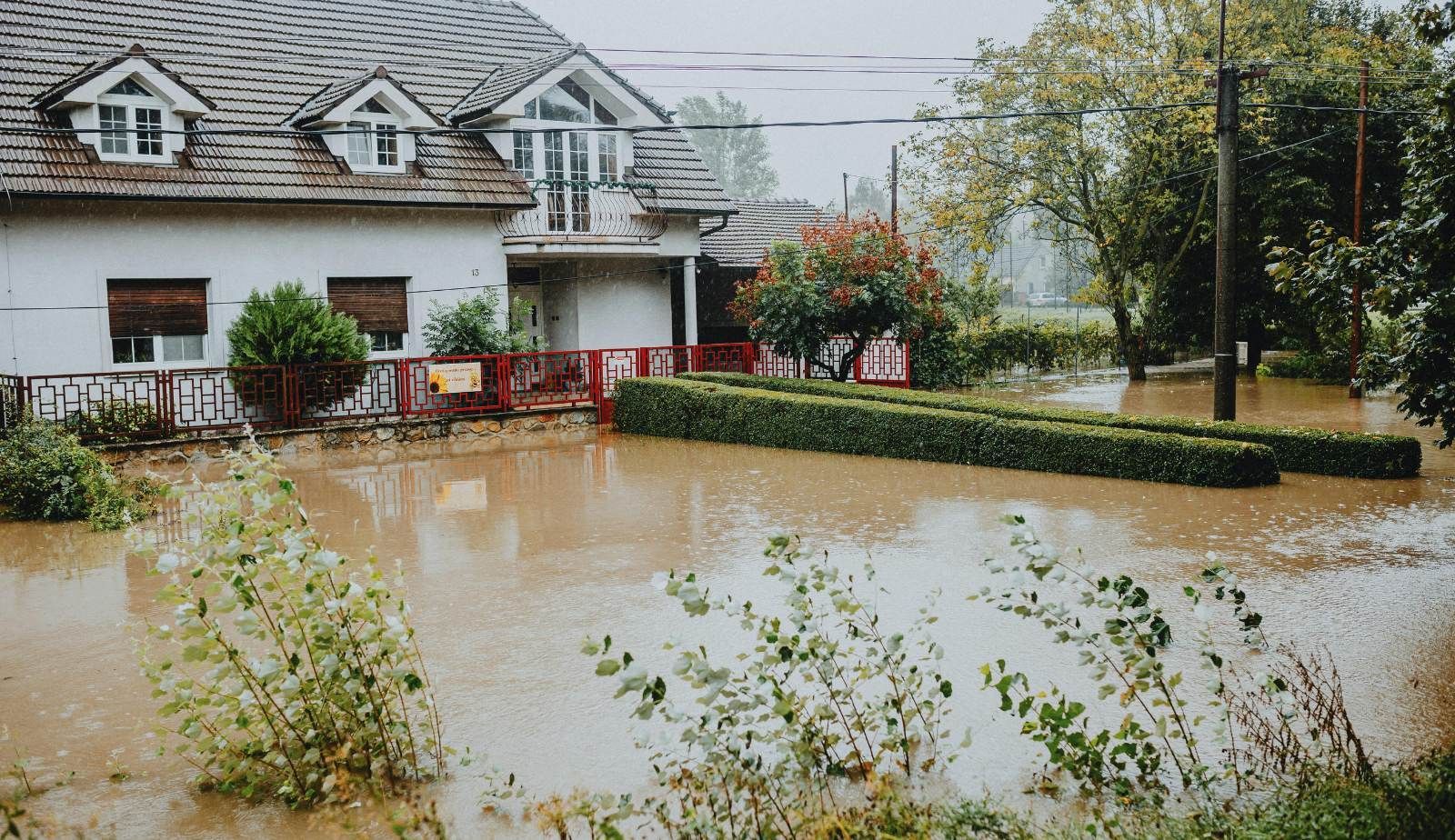
Duration of Exposure
The duration of exposure significantly impacts the cost of restoration. The longer materials remain wet, the greater the damage potential, leading to more extensive work.
Quick response minimizes long-term consequences. For instance:
- Less than 24 Hours: Immediate restoration can usually prevent mold and permanent damage, resulting in lower repair costs.
- 24-48 Hours: Delayed response may introduce mold growth and require more labor-intensive drying methods.
- More than 48 Hours: Extended exposure usually results in substantial structural issues and requires significant repair efforts, escalating costs.
Understanding the urgency of the situation can guide property owners in decisions about hiring emergency restoration services.
Materials and Areas Impacted
The materials affected by water intrusion also dictate restoration expenses. Different materials react differently to water:
- Porous Materials: Wood and drywall absorb water, often necessitating deep drying and possible replacement, which increases costs.
- Non-Porous Materials: Surfaces like tile or metal may only require surface cleaning, leading to lower restoration costs.
Additionally, areas such as basements and crawl spaces are more prone to flooding and typically require extra efforts to ensure safety.
Considering the type of materials affected allows property owners to make informed budgeting decisions regarding repair and restoration efforts.
Typical Costs for Water Damage Restoration Services in Louisiana
Understanding the financial implications of water damage restoration is crucial for homeowners in Louisiana. The costs depend on the severity of the damage, the specific restoration steps involved, and local labor and material rates.
Average Price Ranges by Severity
In Louisiana, the costs for water damage restoration vary significantly based on the severity of the damage. The typical price ranges are as follows:
- Minor Damage: $500 - $1,200 (e.g., small leaks or localized areas)
- Moderate Damage: $1,200 - $5,500 (e.g., water extraction from bathrooms or appliances)
- Severe Damage: $5,000 - $20,000 (e.g., extensive flooding or structural repairs)
These price ranges include various services such as water extraction, drying, and repairing affected areas. The type of water involved (clean, gray, or black) also influences the cost.
Cost Breakdown by Restoration Steps
The restoration process involves several essential steps, each contributing to the overall cost:
- Water Extraction: Removing standing water typically costs between $500 and $2,500 based on the amount of water and how quickly it’s addressed.
- Drying and Dehumidification: This process often runs between $300 and $2,000, depending on the size of the area and necessary equipment.
- Repairing Damaged Materials: Costs for repairing drywall, flooring, or insulation can range from $1,000 to $5,000, depending on the extent of the damage.
- Mold Remediation: If mold develops, remediation services may add $500 to $3,000 to the total cost.
Each of these steps is critical for preventing further damage.
Labor and Material Rates in Louisiana
Labor and material costs vary in Louisiana due to regional factors. Generally, labor rates are in the range of $25 to $75 per hour, influenced by contractor experience and complexity of the job.
Material costs for restoration can include:
- Dehumidifiers: $50 - $150 per unit
- Drying Equipment: $200 - $900, depending on capacity
Homeowners should also consider additional expenses for specialized materials used in repairs. These aspects significantly influence the total cost of restoration services in Louisiana.
Insurance Coverage and Legal Considerations for Homeowners
Homeowners in Louisiana must navigate the complexities of insurance coverage amid the state's vulnerability to flooding and extreme weather. Understanding the distinctions between homeowners and flood insurance, the exclusions within these policies, and the claims process is crucial.
Homeowners Insurance vs. Flood Insurance
Homeowners insurance generally covers damages from specific perils, including sudden and accidental water damage from sources like burst pipes. However, it often excludes damage from flooding, a common risk in Louisiana.
Flood insurance, on the other hand, is essential for homeowners in flood-prone areas. It is typically offered through the National Flood Insurance Program (NFIP) and protects against damages caused by water rising from outside the home. Homeowners should evaluate their risk level and ensure they have adequate coverage for both types of water-related incidents.
Understanding Policy Exclusions
Awareness of policy exclusions can prevent unexpected financial burdens when dealing with water damage. Standard homeowners insurance may not cover:
- Flood damage: This usually requires a separate flood insurance policy.
- Neglect or maintenance issues: Damage caused by neglect, such as failing plumbing systems, is typically excluded.
Homeowners should closely review their policies to understand coverage limits and exclusions specific to water damage. Taking thorough notes on what is and isn’t covered will aid in making informed decisions.
Navigating the Claims Process
Filing an insurance claim after water damage can be daunting. Homeowners must first document the damage meticulously, including:
- Photographs of affected areas
- Detailed lists of damaged items
Timely reporting is essential, as most policies require quick notifications. Homeowners may need to complete a Proof of Loss document outlining damages and claim amounts.
Clear communication with insurance adjusters is crucial during the assessment process. If disputes arise, homeowners may consider seeking legal assistance or consulting professionals who specialize in water damage claims to help navigate the complexities of insurance negotiations effectively.
Water Damage Restoration Process: From Assessment to Completion
The water damage restoration process involves several critical stages that ensure effective recovery and repair. Each phase plays a pivotal role in returning a property to its pre-damage state while minimizing potential structural issues and health risks.
Assessment and Documentation
The first step in restoring a property is thorough assessment and documentation. Professional technicians conduct on-site inspections to determine the extent of the damage. They use tools like thermal imaging cameras and hygrometers to identify moisture pockets in walls, ceilings, and floors.
During this phase, technicians categorize the water type based on contamination levels: clean water, gray water, and black water. This classification helps in planning the proper remediation techniques. A detailed report is created, outlining affected areas and estimating repair costs. Documenting the damage is crucial for insurance claims and ensures transparency in the restoration process.
Water Extraction Methods
Once assessment is complete, the focus shifts to water extraction. Standing water poses risks of further damage and mold growth; therefore, rapid removal is essential.
Techs utilize various equipment, including submersible pumps for large-scale water removal and portable extractors for carpets and upholstery. The choice of methods depends on the volume of water and the affected areas.
Rapid extraction aims to minimize moisture levels effectively, with technicians regularly monitoring progress through moisture readings. The drainage systems are often checked to prevent future water accumulation, forming a vital part of this initial cleanup stage.
Structural Drying and Dehumidification
After extraction, the structural drying phase begins. This step targets any remaining moisture trapped within walls, floors, and structural components.
Industrial-grade dehumidifiers are deployed to extract moisture from the air and surfaces. The goal is to maintain optimal humidity levels between 30% and 50%, thus preventing mold growth and ensuring materials regain their integrity.
Additionally, equipment like air movers helps accelerate the drying process by promoting air circulation. Regular assessments are conducted to ensure consistent moisture content is achieved, paving the way for safe structural repairs and restoration.
Mold Remediation and Prevention After Water Damage
After water damage occurs, timely intervention is crucial in addressing mold and mildew issues. Mold growth can lead to significant health risks; therefore, effective remediation and ongoing prevention strategies are essential.
Mold Remediation Services
Professional mold remediation services are vital for thoroughly addressing mold and mildew issues. These services typically involve:
- Assessment: Technicians inspect the affected areas to determine the extent of mold growth and water damage.
- Containment: They establish barriers to prevent fungal spores from spreading to uncontaminated areas.
- Removal: Specialized equipment is used to extract mold. This may involve dismantling affected materials like drywall or flooring.
- Cleanup: After removal, surfaces are cleaned and treated with antifungal solutions to inhibit future growth.
- Restoration: The final step includes repairing structural damage and addressing water sources to prevent recurrence.
Professional remediation targets not only visible growth but also hidden spores that can affect indoor air quality and health.
Ongoing Mold Prevention Strategies
To prevent mold from returning after remediation, several proactive strategies can be implemented:
- Control Humidity: Keep indoor humidity levels below 60%. Use dehumidifiers in damp areas like basements or bathrooms.
- Proper Ventilation: Ensure adequate ventilation in moisture-prone areas by using exhaust fans or opening windows when necessary.
- Regular Inspections: Conduct periodic inspections for leaks in plumbing, roofs, and windows. Early detection can save significant repair costs later.
- Waterproofing: Invest in waterproofing basements and crawlspaces to minimize water infiltration.
- Education: Homeowners should be educated on identifying early signs of mold and taking immediate actions to address water problems.
Implementing these strategies can significantly reduce the risk of mold resurgence and associated health risks.
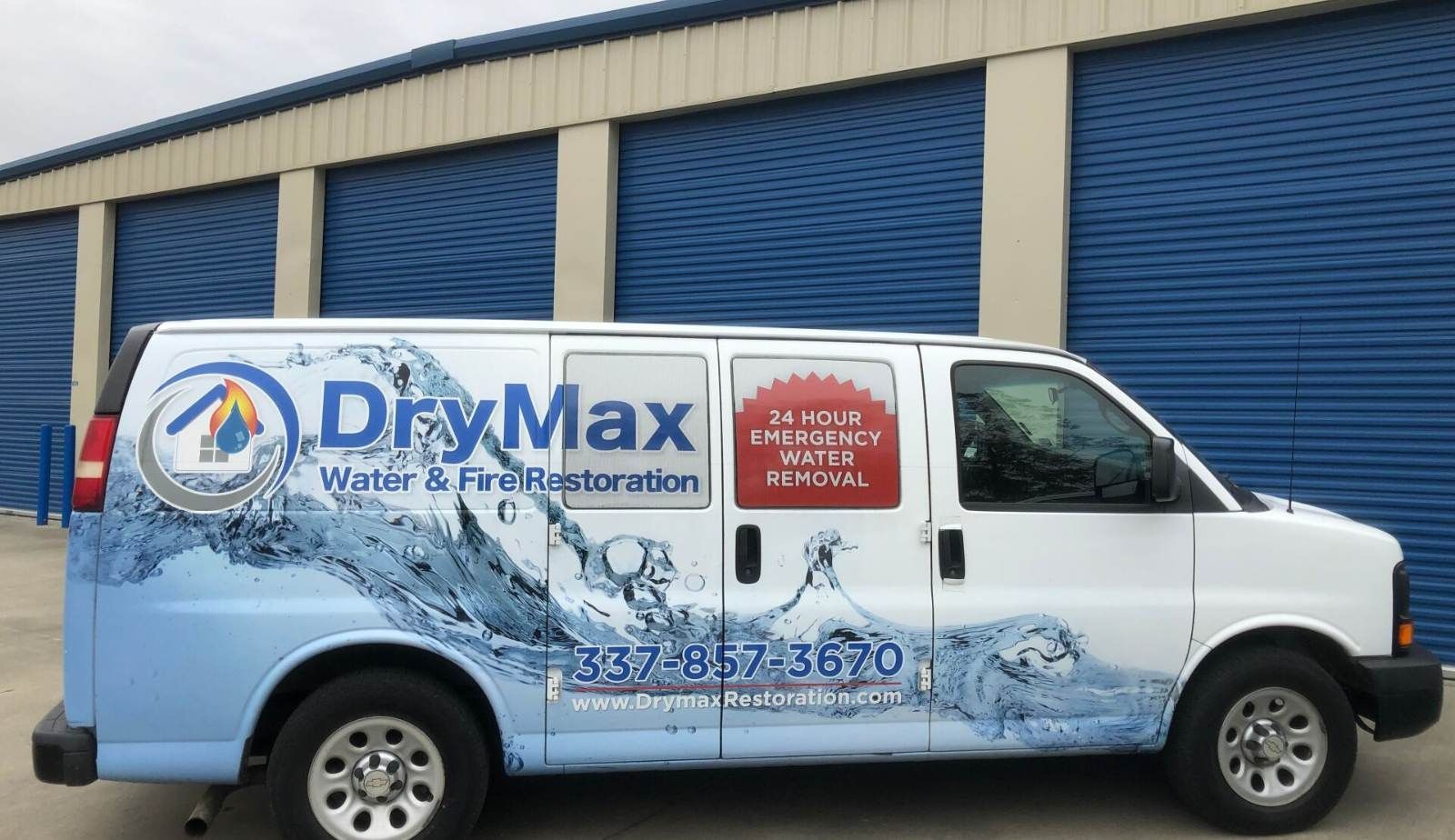
Long-Term Strategies to Minimize Future Water Damage Costs
Implementing effective strategies can significantly reduce the risk of future water damage and associated costs. Investing in infrastructure improvements and maintenance can protect against serious issues like flooding and burst pipes.
Improving Drainage and Plumbing Systems
A well-designed drainage system is essential to direct water away from a property. Installing French drains or catch basins can help manage excess rainwater. Proper grading of the landscape ensures that water flows away from foundations.
Regular inspections of plumbing systems are also crucial. Old or damaged pipes are more likely to burst, leading to costly repairs. Upgrading to modern, durable materials can minimize the risk of leaks.
Checklist for Drainage and Plumbing Improvements:
- Assess the current drainage layout
- Upgrade aging pipes to PVC or PEX
- Install water heaters in elevated areas to prevent flooding
Regular Maintenance and Early Detection
Routine maintenance can catch problems before they escalate into major water damage. Property owners should schedule regular inspections of roofs, gutters, and downspouts. Clogged gutters can overflow, causing water to pool around foundations.
Early detection of leaks is vital. Installing water leak detection systems alerts homeowners to issues before they lead to flooding. These systems can monitor vulnerable areas, like bathrooms and kitchens.
Maintenance Tips:
- Clean gutters and downspouts at least twice a year
- Check for and repair roof leaks promptly
- Monitor water bills for unusual spikes indicating potential leaks
Preparing for Hurricanes and Flooding
Louisiana's climate means extreme weather is a significant risk. Property owners should implement flood-resistant measures, such as elevating homes in flood-prone areas.
Using sandbags and waterproof barriers can prevent water intrusion during hurricanes. It's also essential to have an emergency plan in place. This includes knowing how to shut off the water supply in case of a burst pipe.
Preparation Strategies:
- Elevate appliances and electrical systems above flood levels
- Create a family emergency kit with essential supplies
- Review home insurance policies for flood coverage
By investing in these long-term strategies, property owners can effectively minimize future water damage costs and protect their investments.
Frequently Asked Questions
Water damage restoration costs can vary widely based on several key factors. Understanding these aspects helps homeowners be better prepared for potential expenses and timelines involved in the restoration process.
What factors influence the cost of water damage restoration in Louisiana?
Several factors play a role in determining the cost of water damage restoration. These include the type of water involved, the extent of the damage, and the materials affected.
For instance, clean water from a burst pipe will generally cost less to restore than contaminated water from a sewage backup. Additionally, the severity of the damage and the specific restoration processes needed will significantly affect pricing.
How are water damage restoration expenses calculated on a per square foot basis?
Expenses for water damage restoration are often calculated per square foot. This method takes into account the size of the affected area and the nature of the damage.
On average, homeowners can expect to pay between $3 and $7 per square foot for restoration services. Factors affecting this cost include accessibility and the materials involved in the repairs.
What is the average cost to repair a water damaged floor?
Repairing a water-damaged floor can vary depending on the type of flooring and the extent of the damage. Homeowners may pay from $500 to $2,500 or more.
For instance, hardwood flooring may incur higher repairing costs compared to carpet due to the need for replacement or extensive drying procedures.
Can the severity of water damage affect the overall restoration cost?
Yes, the severity of water damage directly influences the overall restoration cost. Minor leaks typically result in lower expenses, while severe flooding or contamination can lead to significant repairs.
Moderate damage may require services ranging from $2,500 to $5,000, depending on the areas affected and the restoration necessary.
What should I expect to pay for water damage restoration services in Louisiana?
In Louisiana, the average cost of water damage restoration can range between $1,200 and $5,000. Costs vary based on the property size and the severity of the damage.
Homeowners can often expect to pay around $3,000 for mid-range restoration services. Consulting local restoration companies can provide a more accurate estimate based on individual circumstances.
How long is the typical timeline for completing water damage restoration work?
The timeline for completing water damage restoration often depends on the extent of the damage. Generally, preliminary measures can be taken within hours, while full restoration may take several days to weeks.
For minor issues, restoration could be completed in two to three days. In contrast, significant damage may require extended timelines for drying and repairs.
You might also like
DryMax Restoration Blogs
